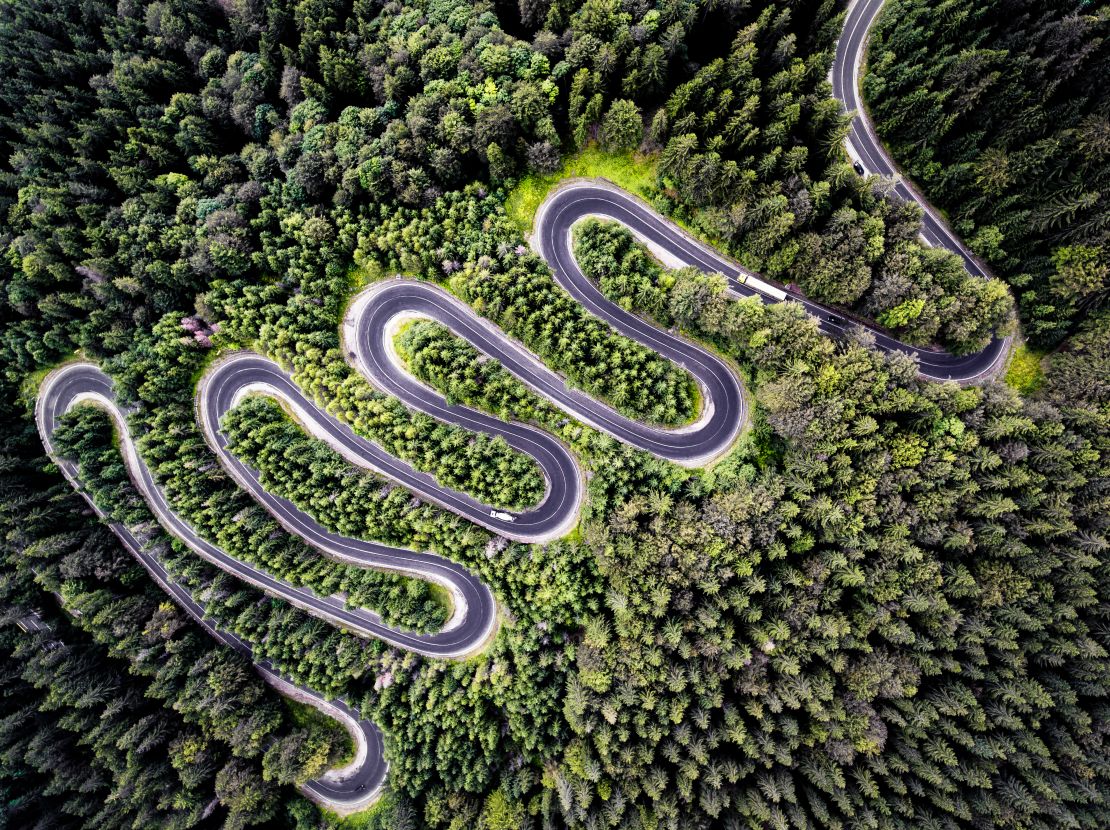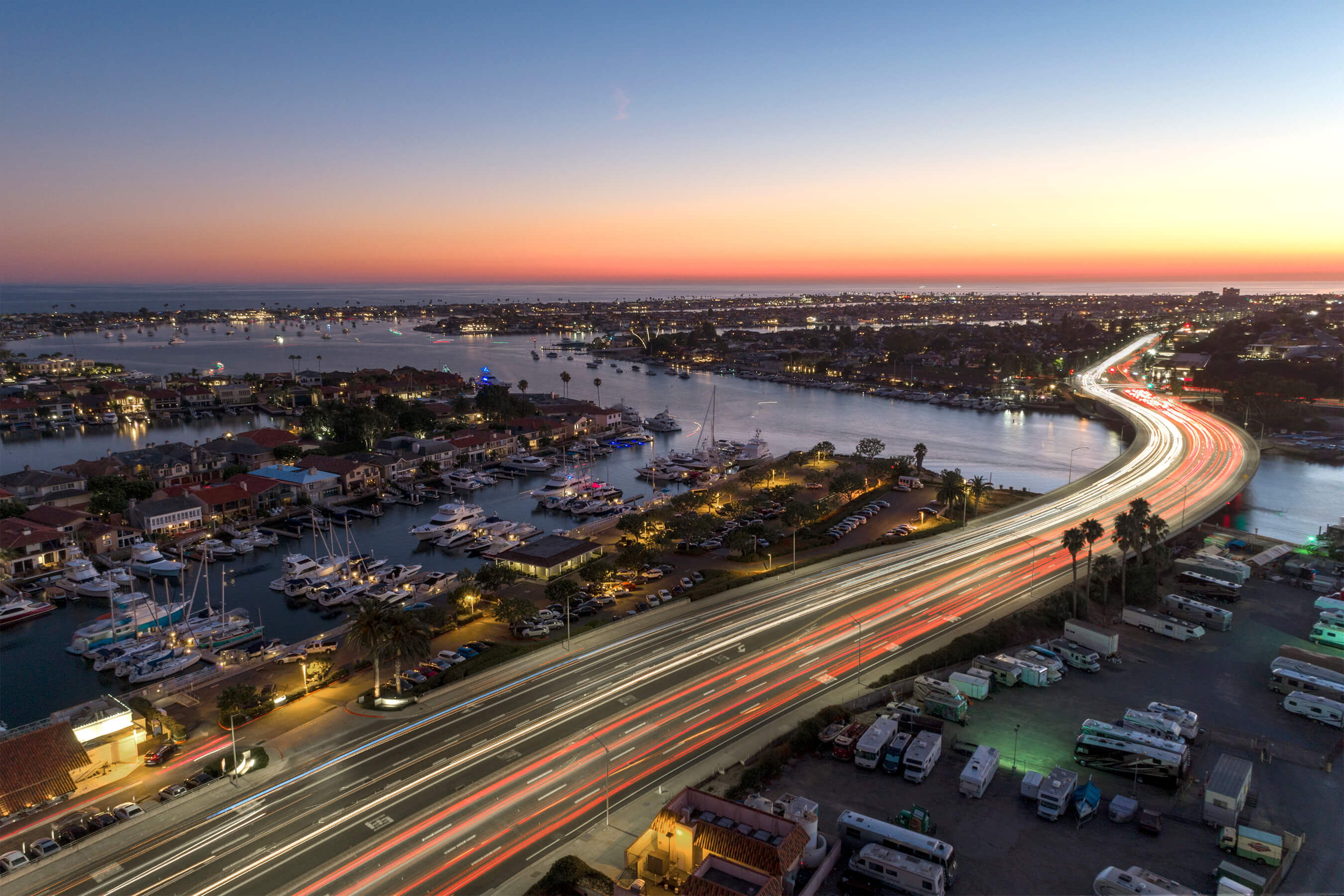Get Stunning Aerial Shots with a Trusted Aerial Photographer Spokane
Get Stunning Aerial Shots with a Trusted Aerial Photographer Spokane
Blog Article
Transform Your Perspective: The Art and Scientific Research Behind Drone Photography
Drone digital photography stands for a significant intersection of creative vision and technical development, making it possible for creators to catch point of views formerly unattainable. Recognizing the mechanics of drone modern technology, from equipment selections to composition techniques, is vital for accomplishing engaging images. Factors to consider such as lights and ecological problems can profoundly affect the last end result. As professional photographers improve their skills in both airborne strategy and post-processing, they open a richer narrative potential. What really identifies efficient drone digital photography from mere aerial photos? Exploring this inquiry reveals much deeper insights into the craft and its advancing landscape.
Recognizing Drone Technology
Recognizing drone innovation is important for any person thinking about harnessing its abilities for digital photography. Drones, or unmanned aerial automobiles (UAVs), rely upon a combination of software and hardware to attain trip and capture imagery. At their core, these devices are furnished with sensing units, electronic cameras, and navigating systems that permit them to fly autonomously or be regulated remotely.
The primary elements of drone innovation consist of the flight controller, which works as the mind of the drone, refining data from various sensors to make sure steady trip. In addition, general practitioner technology plays a vital duty in navigation, enabling drones to comply with pre-defined flight paths and maintain their placement even in challenging problems.

Furthermore, understanding the regulative landscape bordering drone use is important, as it regulates where and exactly how drones can be run, making sure safety and compliance. Experience with these facets of drone innovation equips photographers to optimize their imaginative possibility while adhering to lawful guidelines.
Essential Devices for Drone Photography
Selecting the appropriate devices is essential for accomplishing exceptional cause drone photography. At the heart of this configuration is the drone itself, which must be picked based on trip security, camera high quality, and simplicity of usage. Popular designs often include integrated high-def electronic cameras that catch spectacular airborne pictures.
In addition to the drone, purchasing a top notch camera is crucial. Numerous drones come geared up with cameras capable of capturing in 4K resolution, but for professional-grade results, take into consideration a drone that enables for compatible cameras or sustains larger sensing units. This flexibility can substantially enhance photo high quality.
Stabilization is an additional crucial element. A three-axis gimbal is advised for smooth video footage, reducing resonances that can diminish photo clearness. Moreover, added batteries and a reputable battery charger make certain extended flight time, enabling even more thorough shoots.
Mastering Composition Methods
Mastering structure techniques is fundamental to boosting your drone digital photography from average to phenomenal. A well-composed picture catches the customer's focus and conveys a powerful story.
Among the important principles to think about is the regulation of thirds, which includes dividing your frame into a grid of 9 equivalent components. Positioning essential elements along these lines or at their crossways creates aesthetic interest and equilibrium. Furthermore, leading lines can direct the visitor's eye with the photo, attracting focus to the subject and adding depth.
One more efficient strategy is framing, where natural environments such as structures or trees enclose the topic, enhancing the prime focus. This technique not just offers context but likewise produces a feeling of affection within the scene.

Lastly, constantly bear in mind the horizon line. A crooked perspective can take away and sidetrack from an or else fascinating image. By understanding these make-up techniques, you can considerably improve the impact of your drone digital photography.
Illumination and Weather Factors To Consider
In drone photography, the interaction of lights and weather can dramatically influence the top quality and state of mind of your photos. Optimum lighting conditions are essential; the gold hours-- shortly after sunrise and prior to sundown-- offer soft, diffused light that improves shades and lessens rough darkness. Throughout these times, the landscape appears a lot more dynamic and vibrant, permitting awesome aerial shots.
Alternatively, overcast skies can generate a flat, soft palette, yet they can also offer even lighting that lowers comparison and highlights information in the environment. This can be helpful for catching structures in city setups or intricate patterns in nature.
Weather, such as snow, haze, or rainfall, can additionally include unique aspects to your digital photography. Haze can create a sense of mystery, while rainfall can improve shades and saturate the landscape. It is crucial to consider the safety and security of your drone; flying in damaging climate problems can lead to tools damage or loss of control.
Inevitably, recognizing just how illumination and weather impact your airborne shots allows you to select the suitable problems for your drone photography, ensuring engaging and visually striking pictures.
Post-Processing Tips and Techniques
After recording magnificent aerial pictures, the following action includes refining those shots with post-processing. This important phase improves the visual influence of your photos, allowing you to highlight the unique viewpoints that drones offer.
Start with software tools like Adobe Lightroom or Photoshop, which use durable modifying abilities. Begin by dealing with direct exposure and white equilibrium to ensure that your shades show up real to life. Use histogram checks to accomplish ideal brightness degrees, staying clear of too much exposure or loss of detail in darkness.
Following, boost comparison to include deepness to your pictures. Adjusting quality can hone essential click this site details without introducing sound, which is particularly beneficial in airborne shots where structure plays a substantial function. Don't shy away from cropping; this can assist focus the visitor's attention on the primary topic.
Shade grading is one more view effective tool. Explore saturation and vibrance to make the landscape pop, however apply these changes judiciously to maintain an all-natural appearance. Consider applying a slight vignette to direct the audience's eye towards the center of the picture. By understanding these post-processing techniques, you can elevate your drone photography to brand-new elevations.
Conclusion

What genuinely distinguishes efficient drone photography from plain aerial snapshots? Many drones come geared up with video cameras capable of capturing in 4K resolution, yet for professional-grade results, consider a drone that enables for compatible video cameras or sustains larger sensing units. By grasping these structure strategies, you can significantly enhance the effect of your drone photography.
In drone digital photography, the interaction of lighting and climate can drastically influence the quality and state of mind of your images (aerial photographer spokane). By understanding these post-processing methods, you can raise your drone photography to brand-new heights
Report this page